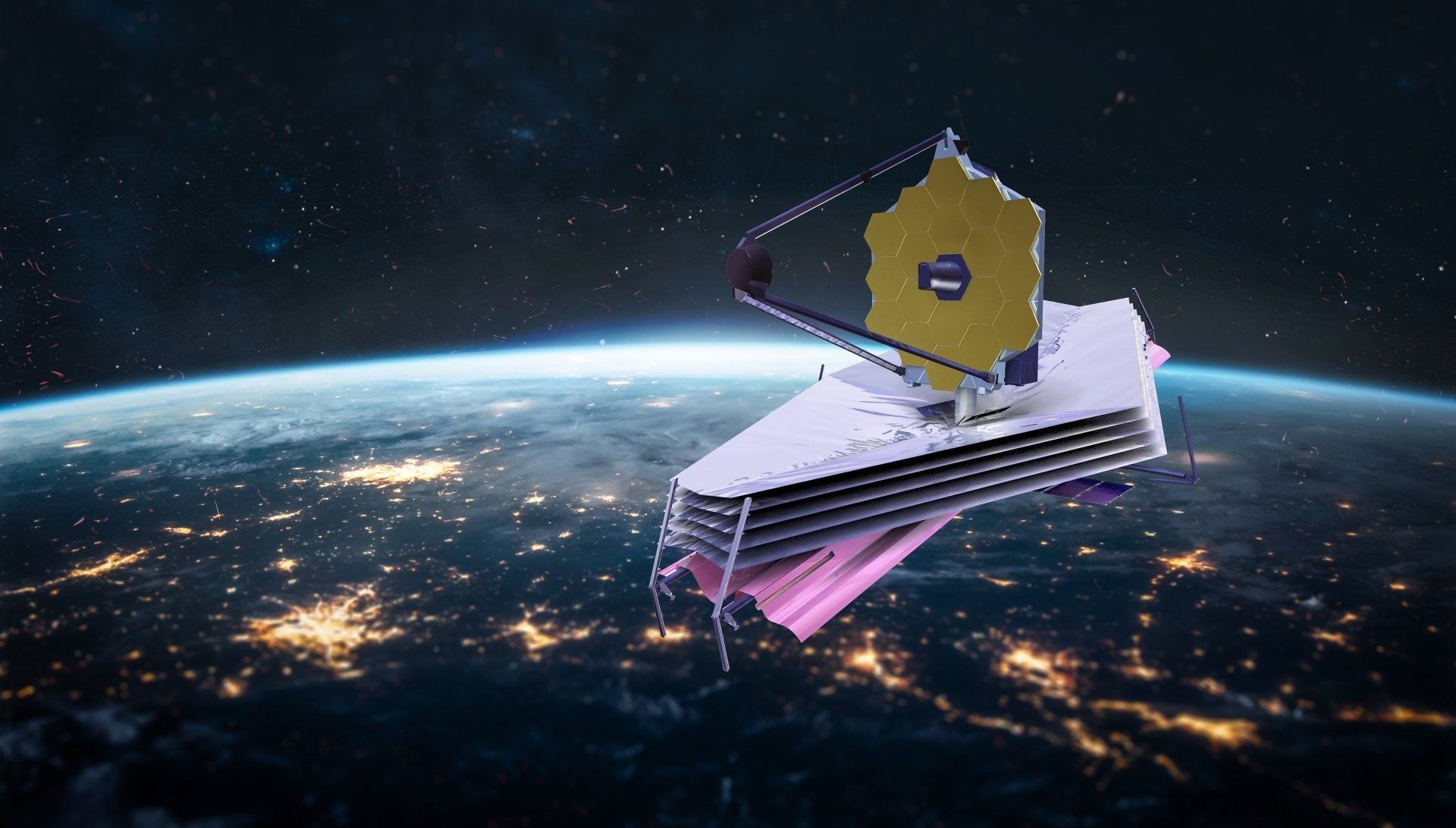Guess what happened this Christmas morn?

Blog vol 2. 34. Guess what happened this Christmas morn?
My last blog was on Santa’s big night... then Christmas morning, from French Guiana, the highly anticipated launch of an Ariane 5 rocket, with a special scientific instrument on board: the James Webb Space Telescope. A joint project between NASA, the ESA, and our own Canadian Space Agency has successfully deployed the most powerful telescope ever built, https://jwst.nasa.gov/index.html.
We have all heard of the Hubble telescope which is also in space; the Webb is a lot more advanced. The Webb has several near and mid-infrared sensors, cameras and spectrographs that will be able to detect radiation from the deepest and oldest parts of the universe. I have always marvelled at the images that the Hubble is able to obtain orbiting the Earth, clear of its cloudy atmosphere. Hubble has sensors for visible light, ultraviolet and some infrared. The Webb telescope will work only with infrared which allows it to pick up radiation from greater distances, and through space clouds and dust. The Webb telescope’s mirror, at 6.5 metres diameter, is a lot larger than Hubble’s, at 2.5 metres, which gives it a wider field and more sensitivity.
The infrared sensors are so sensitive that any radiation coming off the telescope would “blanche” them out. The telescope will be able to start gathering data only after a 4-5 month cool down. Webb has a huge solar shield that will gather energy for operations and it will shield the sensitive sensors from damage and stray energy. The resting temperature for the device will be -225 degrees Celsius to ensure that the telescope will not emit its own infrared. That is how sensitive the sensors are.
The telescope has now unfolded like origami and is travelling to its final orbital, at Lagrange point 2. The final location is about 1.5 million kilometres from Earth and is exactly where the gravitational pull of the Earth and the Sun are equal, so the telescope will perpetually orbit in that locale. This position also helps to shield the device from the sun’s radiation. It will arrive there after a month of travel.
The telescope was built over a 20 year period at a cost of close to 10 billion U.S. dollars. The data it will gather will be invaluable in learning about the origins of the universe as it will receive infrared from the farthest corners of space. The Webb is an incredible technological feat that makes use of electromagnetic radiation that is so incredibly far from visible light. It does remind me once again how we have made use of infrared light in health sciences and especially in the area of visual science, how it aids diagnosis of disease and potential treatments: awesome.
Go to the link that I gave earlier on to the NASA site, make sure you get on it for all sorts of interesting resources.
Looking forward to those first images from Webb,
the good doctor, Dr. Mark Germain, Burlington optometrist






